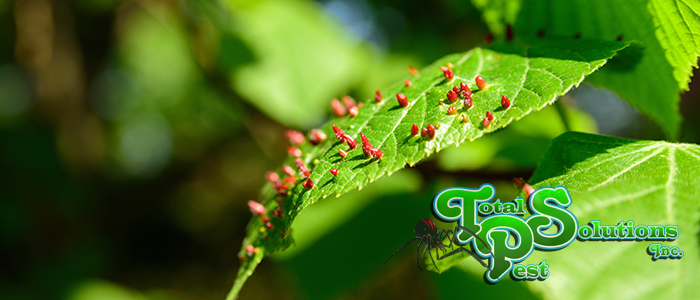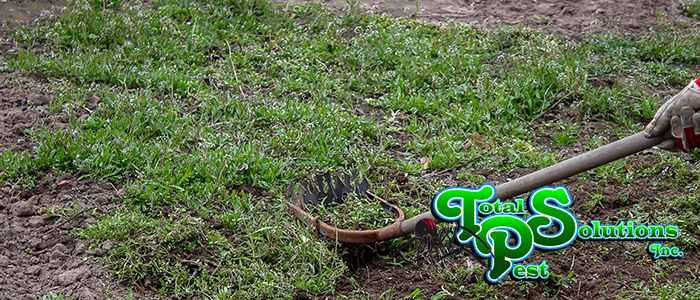
What are Clover Mites
Generally, when people in Florida talk about arachnids, they mean spiders or scorpions. Sometimes they mention ticks, too. Every so often, you’ll hear about chiggers… But there’s more to arachnids than that. Did you know that mites (which includes the chigger) are also arachnids? They have eight legs and a two-segmented body.
Around the garden, on your favorite stretch of concrete, or hanging around a wooden bench… You can see mites in all sorts of places. You usually notice the bright red ones. It’s hard to miss them, actually – Tiny, fast little red specks around the size of a pinhead. What are they? Are they harmful?
The red mites you can see are totally harmless, well – Usually. Most red mites you see are adult velvet mites or berry bugs. These are two harmless mite species, though larval berry bugs are actually chiggers. You won’t see a larval berry bug without a magnifying glass, but they can group up and become visible that way.
If it has six legs, and the front two are longer than the other four, you might be looking at another mite. You could have clover mites!
What Are Clover Mites?
Clover mites are pest insects that can cause damage to plants, particularly clover and flowers. The juveniles have a red body and six legs. When they become adults, they turn a greenish-brown color instead. It’s easy to mistake these mites for aphids, but their eight legs are a giveaway. Be sure to look close if your clovers and small flowers are suffering. They hold their front legs far out ahead of them, and they resemble antennae as a result.
Do They Bite?
Unlike chiggers and velvet mites, the juvenile clover mite doesn’t bite. Instead, they feed on plants like grass, clover, and violets. Weeds are another favorite food source. Though they don’t bite, you may find them all over your skin if you disturb a plant with clover mites. Because they’re so small, they can easily get into your home. Inside they’re usually unable to survive and die in a few days. They don’t do any damage indoors, but they can leave stains when crushed.
What are They Attracted To?
New homeowners with a brand new house and brand new lawn are the most vulnerable to clover mites. Unfortunately, these homes are most likely to get clover mites inside. You may also notice a clover mite problem if you heavily fertilize your lawn. Clover mites seek out the nitrogen released by plants and fertilizer. This is why they go near grass at the foundation of your home.
How to Prevent Them
It can be difficult to stop clover mites from appearing completely. They’re pretty low on the food chain, though. Once your lawn has its own ecosystem of tiny predators, the problem usually abates. It can be helpful to spray treatment on a new lawn that indicates effectiveness against mites. Another strategy is leaving at least 18 inches between your foundation and your lawn. This is usually enough to discourage mites from closing in.
You can read more about all sorts of pests on our website. For example, many people don’t even consider clover mites until they notice dead grass along the foundation. If you see signs of mites or grass dying off, give us a call. We’ll track down the cause and provide a solution.
continue reading
Related Posts
Winter Palm Care in Lakeland: Cold Snap Protection Strategies Lakeland,
Holiday Pest-Free Homes in Winter Haven: Avoiding Cargo Pests As
Auburndale’s Mole Cricket Damage: Repairing Turf Before Frost As the






